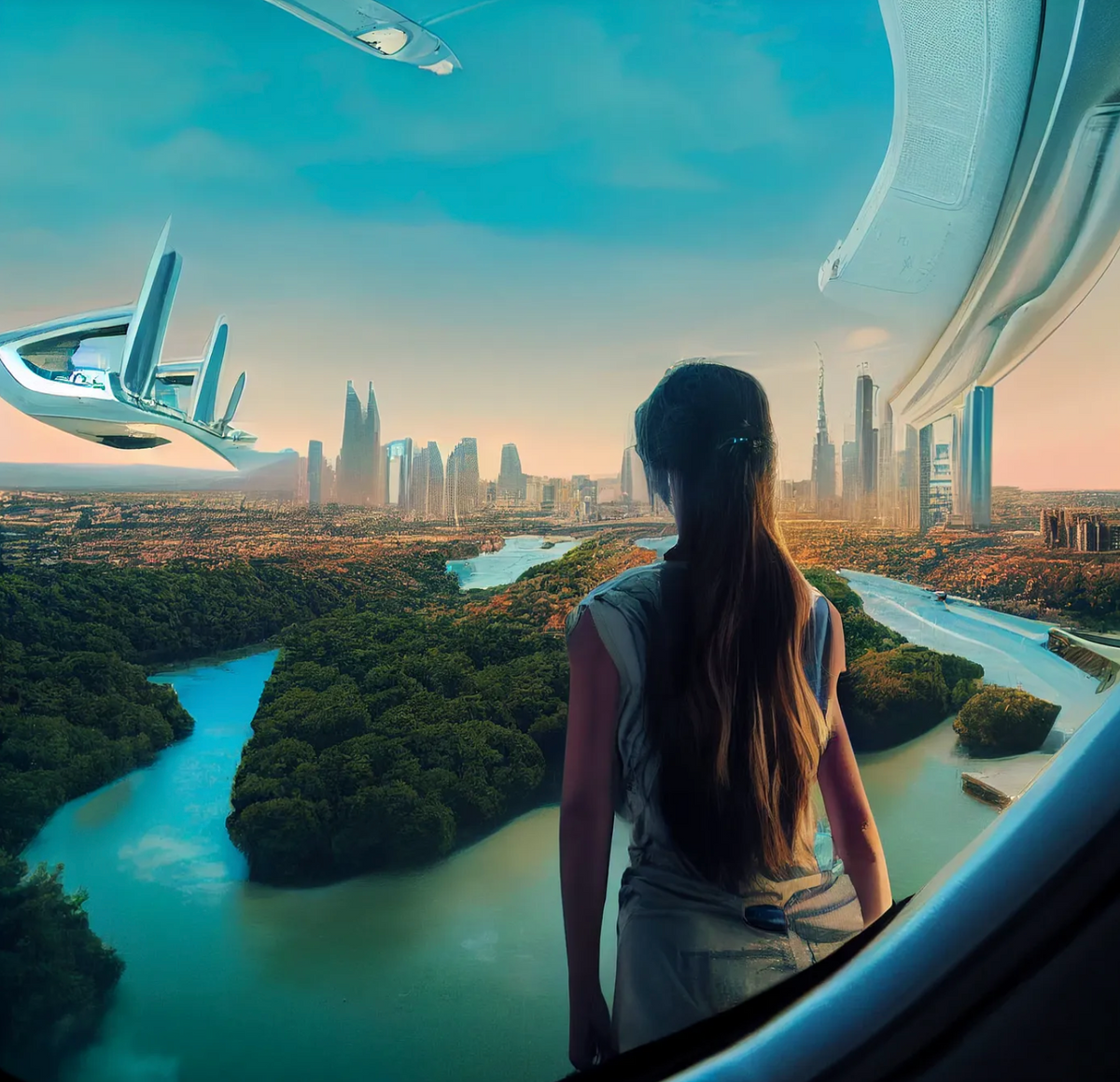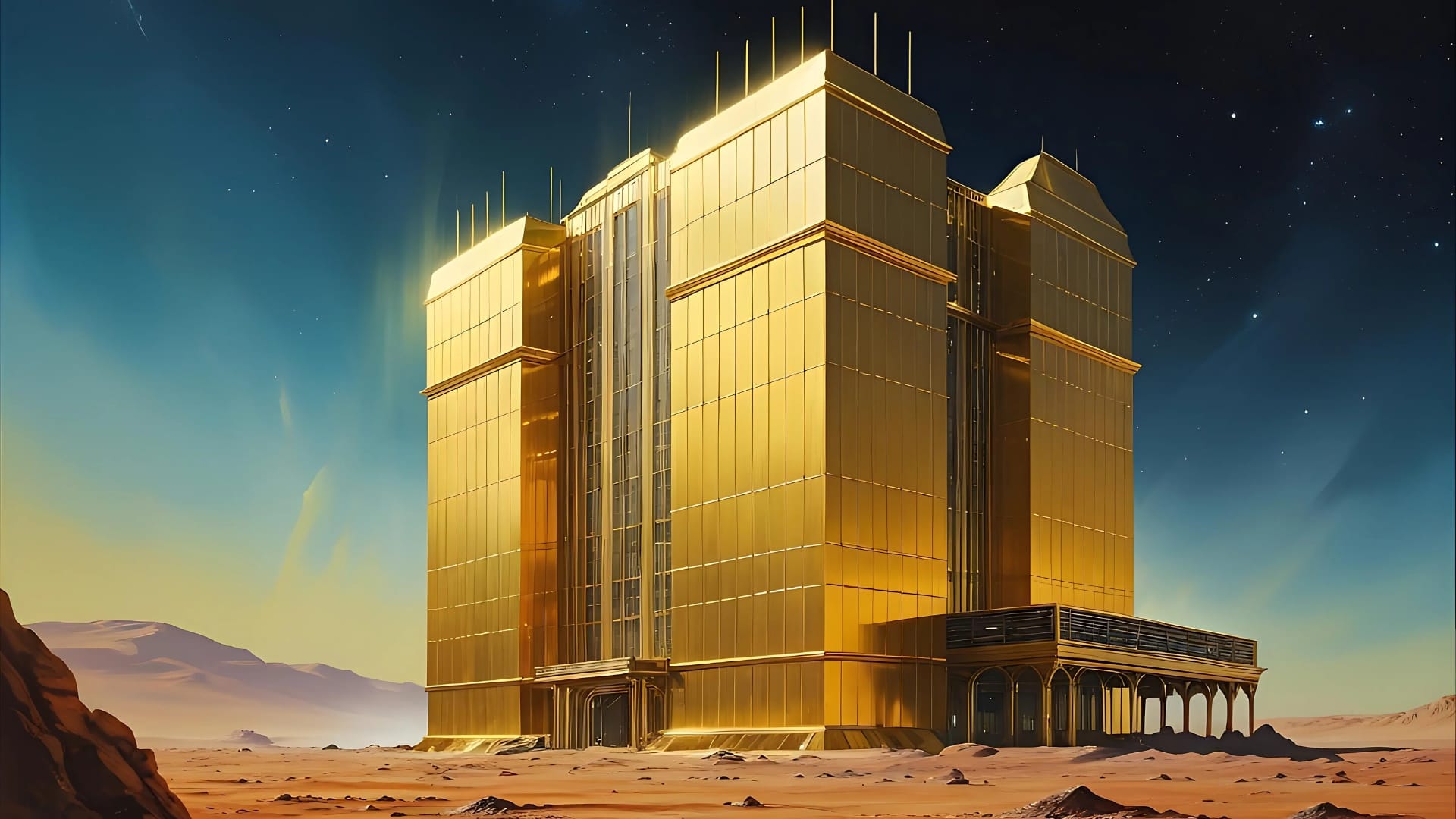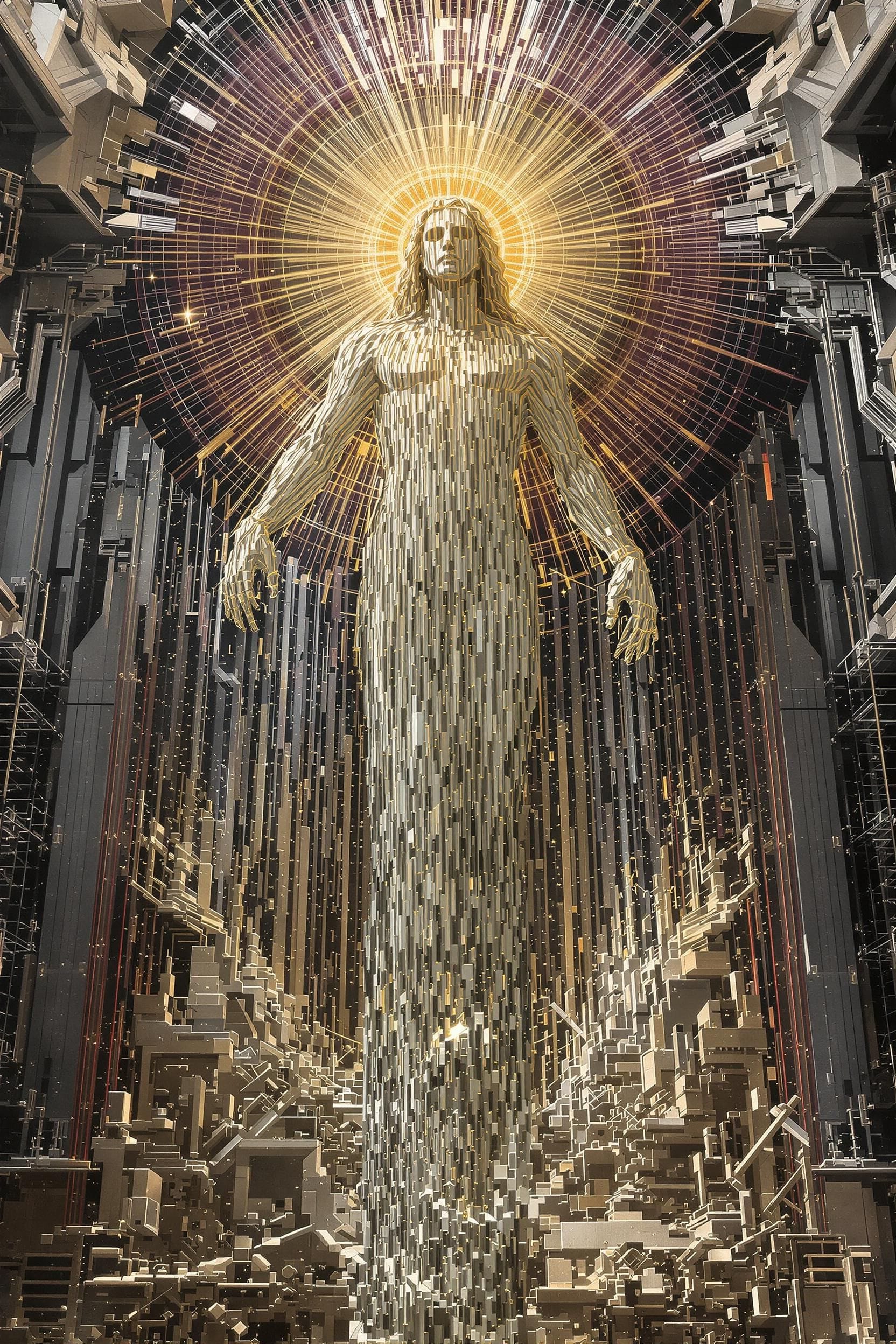Mini-Flying Cities, Creation and Expansion using the power of Maglev Technology
As the founder of Startup611, I am proud to announce the creation and expansion of mini-flying cities as my latest project, using maglev technology.

In the year 2350, humanity accomplished what was once deemed impossible: the construction of mini-flying cities powered by Maglev Technology. These cities are the result of years of hard work, research, and innovation, and represent the future of human civilization. As the founder of Startup611, I am proud to announce the creation and expansion of mini-flying cities as my latest project, using maglev technology.

The concept of mini-flying cities has been around for decades, but it was only in the early 22nd century that it became a reality. We combined magnetic levitation technology with advanced materials and construction techniques to create a new way of building and living.
Since the first mini-flying city, New Atlantis, was built in 2260, we have constructed dozens of them, ranging in size from small, self-contained communities to massive metropolises that house millions of people. They are powered by renewable energy sources and produce zero waste.

The most impressive aspect of these cities is their mobility, made possible by maglev technology. We can move them with ease, allowing us to respond quickly to natural disasters or explore new frontiers. The expansion of these mini-flying cities has been possible due to the development of new, lightweight materials and efficient construction techniques. They offer an opportunity for creativity and unique design, which reflect the needs and desires of residents.
Living in these cities provides a better quality of life by allowing people to escape the noise and pollution of traditional cities. They also offer safety and security, as they are mobile, and the environment within the cities can be monitored and controlled. They are a solution to some of the world's most pressing problems, including climate change, overpopulation, and resource depletion. These cities reduce the carbon footprint and offer a more sustainable way of living, accommodating millions of people without putting a strain on the environment.
Of course, there are still challenges to overcome when it comes to mini-flying cities, such as affordability and developing sustainable technologies and materials. However, with each new city built, we learn more about how to create sustainable, self-contained communities that offer a better quality of life for everyone.
In conclusion, the creation and expansion of mini-flying cities using maglev technology is an exciting new development in human civilization. They offer a new way of living that is more sustainable, more secure, and more connected to nature.
These cities offer a solution to some of the world's most pressing problems and represent the future of human civilization. I am excited to see how they will continue to shape the world we live in.




